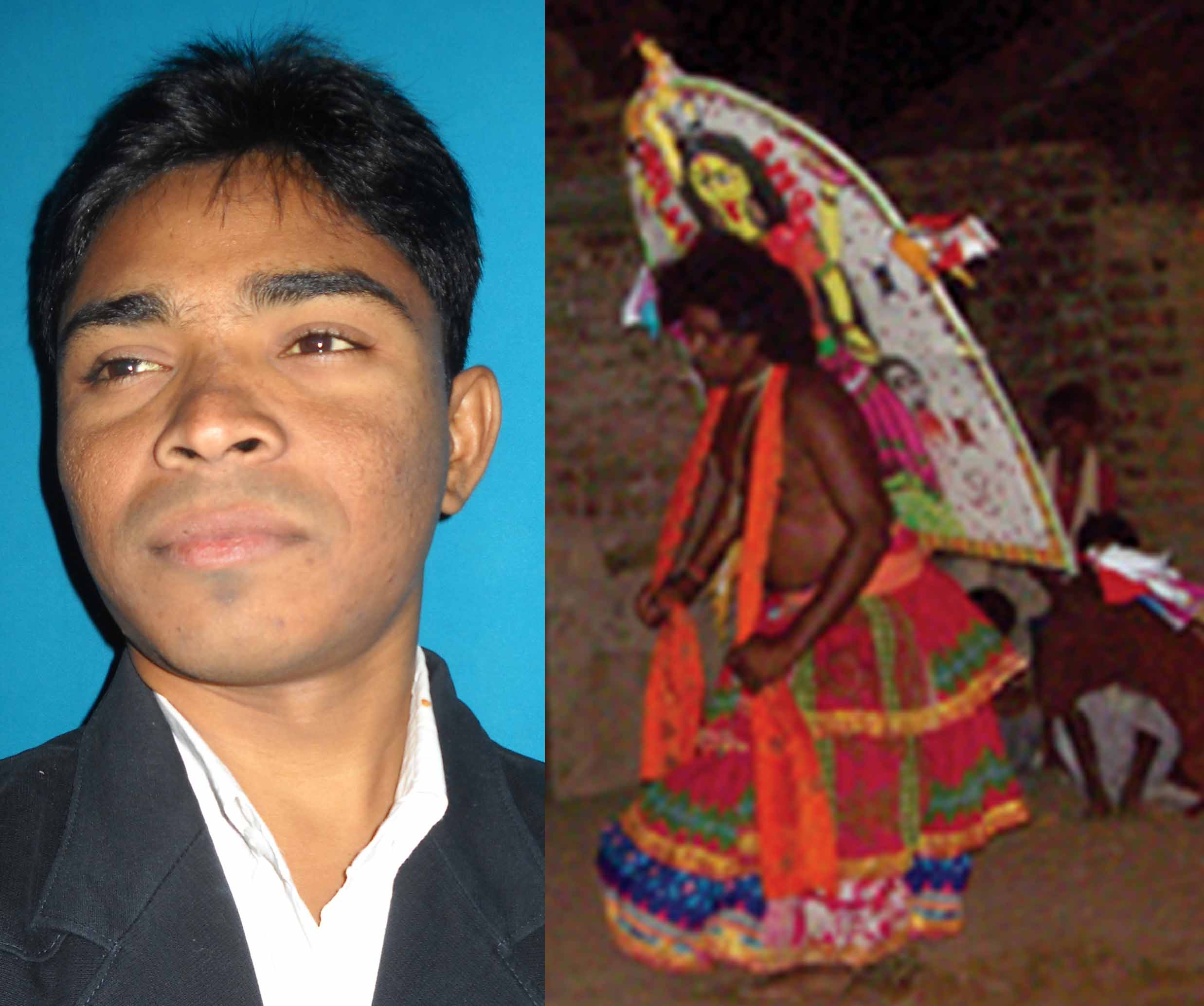Around 8th to 9th century, Buddhism was strongly spreading over many places of present western Odisha. The Sahajtantra of tantric Buddhism practiced by Laksminkara was wooing the common people. Lakshminkara was the daughter-in-law of the King Jalendra of Sonepur then. The Somvansi rulers who were worshipers of Shaivasm wanted to spread Shaivaism. They started Dand. Dand is performed by dance drama form.
The Dand groups started performing in the villages of Sonepur state. They moved from village to village and used to perform. In the dand, they used to worship Shiva-Parvati and perform the dand drama. The first form of dand was in “Sulha suanga” format. The dand group amalgamated Sahajatantra too in that form. Because the tantra part of Sahajatantra was already familiar among the masses.
The dand groups start their journey in the Hindu month of Chaitra. The dand performer visits from Mina Sankranti to Bishuva Sankranti. The temperature high and environment is hot. They carry on Chattar-Bairakh (colourfull Umbrella), Shiva-Parvati, and Dakshin Kali along with them. In the dand traditions, 3 types of dands are performed: 1) Dhuel (sand) Dand 2) Paen (water) Dand, 3) Dand.
In the dand, mainly emphasis is given on (a) protection of religion, (b) cultural awareness, (c) man and nature, (d) abstinence, (e) devotion, and (f) entertainment.
Here are few links of different types of dand dance:



